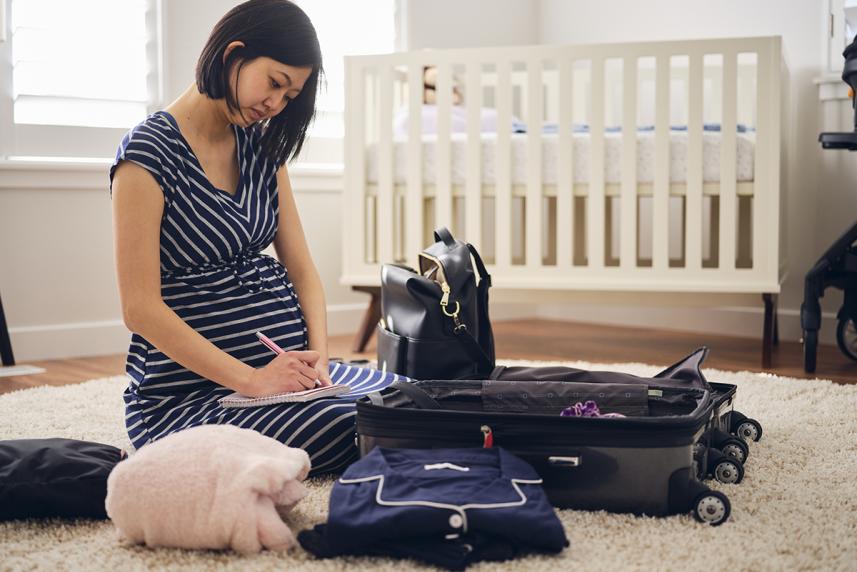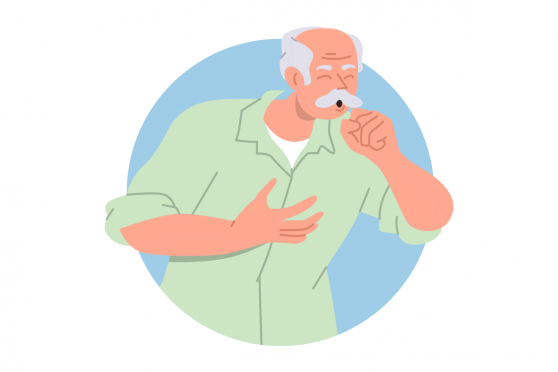Baby’s first car seat: Your buying guide
Here’s what every parent should know about purchasing—and installing—
a car seat.

A car seat might not be the cutest item on your baby shower registry, but it is arguably one of the most important. Car seats, when installed correctly, can reduce the odds of a fatal injury for infants during a crash by 71 percent, according to the National Highway and Traffic Safety Association (NHTSA).
The problem, however, is that many of us aren’t installing our car seats correctly. In a 2015 study published in The Journal of Pediatrics, nearly every parent made a serious error when they installed their newborn’s car seat.
Here’s what parents should keep in mind when selecting a car seat, and what to know about how to safely install it.
Step 1: Do your research
Babies under the age of 1 should always ride in a rear-facing car seat (i.e., a car seat that faces the back of the seat), according to the NHTSA. In a crash, these types of car seats protect babies’ heads, necks, and spines by distributing the force of the impact over the entire body.
You can buy a rear-facing only seat, a convertible seat (which converts from a rear-facing seat to a forward-facing seat as your child grows), or an all-in-one seat (which converts from a rear-facing seat to a forward-facing seat, to a booster seat).
You can find and compare car seats using the NHTSA’s Car Seat Finder tool. If you’re buying a car seat at a store, ask if they have a floor model that you can test out in your back seat, says Briggs.
Step 2: Buy new (or buy used, smart)
It’s always best to buy a new model, according to the American Academy of Pediatrics (AAP). Buying a used car seat from someone you don’t know, could be unsafe, especially the product is missing parts or instructions. Used car seats may also have been in a crash, which renders them unsafe for use, even if it’s a small fender-bender. “Whenever a vehicle is involved in a crash, always get a new car seat,” says Robyn Briggs, a spokesperson for the Pennsylvania Department of Transportation (PennDOT).
If opt for an older model—for example, from a trusted family member—check the expiration date on the manufacturer’s sticker before using it. “The guideline usually is, follow the date on the manufacturer’s sticker or get a new seat when the seat reaches six, seven, or 10 years,” she says. “It depends on the car seat.” (The manufacturer’s website should also state the expiration date.)
“Seats can become damaged through daily use, heating and cooling cycles, and by the way it was stored,” says Briggs. “Check for cracks, loose parts, and worn straps and fasteners.”
Step 3: Install it correctly
Start by reading your car’s owner manual and the car seat instructions to find out the safest place to position the car seat (or car seat base) and how to install it correctly. Car seats are secured using either a vehicle’s seat belt or with the LATCH (lower anchors and tethers for children) system, but not both at the same time—a common error, says Briggs.
Another common mistake parents sometimes make is installing the car seat too loosely, says Briggs. Once the car seat is in place, it should fit tightly; it shouldn’t move more than one inch when it’s pulled from side-to-side or back-to-front, according to the NHTSA.
Step 4: Get the seat inspected
“Most parents are confident that they have correctly installed their child’s car seat, but in many cases, the seat has not been installed correctly,” says Briggs. That’s why leading safety organizations suggest visiting a car seat inspection station, where a certified technician will double check your handiwork for free. Find a local station near you.
Step 5: Do the pinch test
Once your baby is in the car seat, make sure the harness isn’t too loose, says Briggs. To test the fit, buckle baby up and pinch the harness at the shoulder. If the material gives, and you can “pinch” it, it’s too loose. A correct-fitting harness won’t have any material that bunches beneath your fingers.
Remember, too, to keep the harness positioned at armpit-level.
Step 6: Don’t dress baby in bulky clothing
The winter weather calls for extra layers—but avoid dressing your baby in big winter coats and fluffy snowsuits when they’re sitting in a car seat. Bulky clothing can interfere with the fit of the car seat harness, which could cause your child to slip out of the straps during a car crash.
The AAP recommends dressing your child in thin layers like long-sleeved bodysuits or even long underwear, and using gloves, hats, and booties. You can also put your child’s winter coat on backwards, over the harness straps, once they’re safely buckled in.



